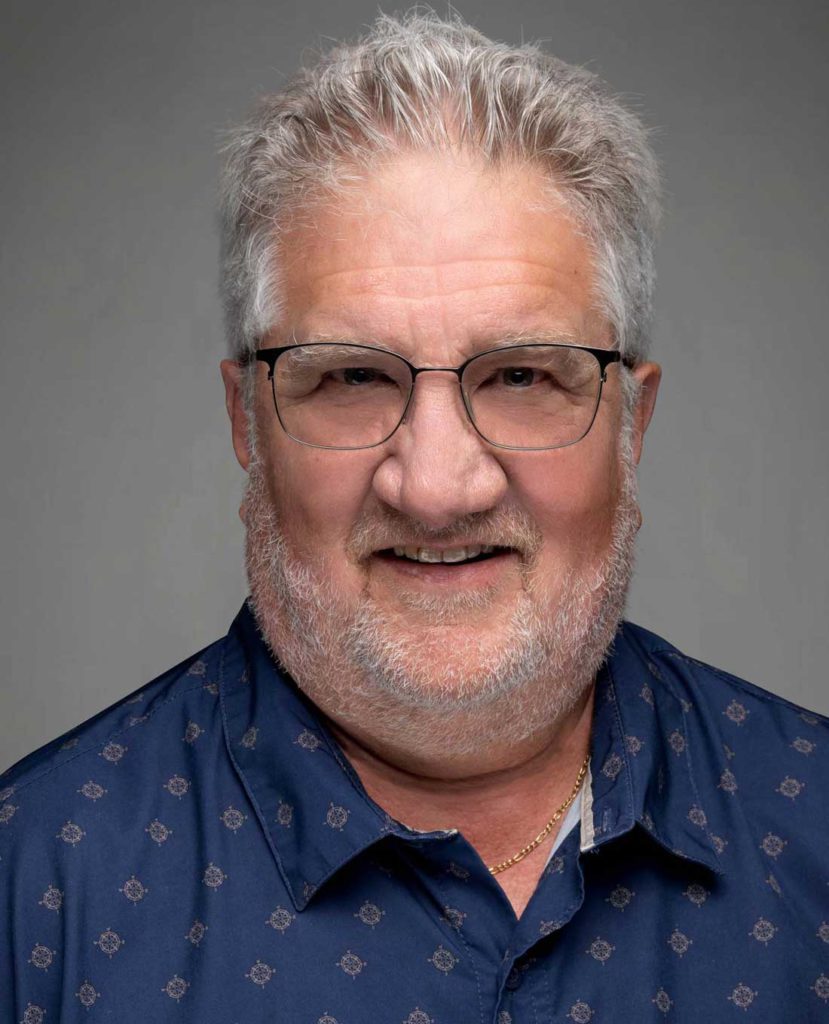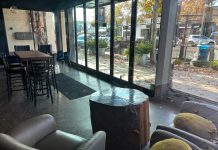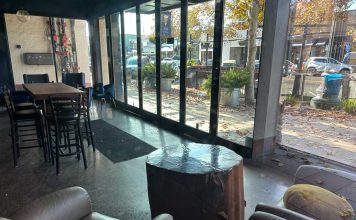In a world increasingly shaped by technology, commerce and rapid urbanization, public art stands as a profound counterbalance—a humanizing force that elevates the collective spirit of a community. Art in public spaces does far more than decorate; it educates, inspires and connects.

Public art is a reflection of a community’s identity, its struggles, triumphs and its values. It gives voice to the local culture and provides a platform for artists to share perspectives that might otherwise go unheard.
A mural painted on the wall of a neighborhood building can become a beacon of pride, a visual story of the area’s history or hopes for the future. In this way, public art serves not only aesthetic purposes but becomes a tool of storytelling and cultural preservation.
Moreover, public art fosters accessibility and inclusion.
Unlike galleries or museums, which may feel exclusive or intimidating to some, public art lives in the open, free and available to all. It democratizes artistic expression, bringing creativity into the paths of the entire community.
This presence helps bridge social divides, offering shared experiences that spark dialogue and understanding among diverse groups.
But we’re not just talking about physical art. We are also talking about the theater, the symphony, the culinary arts, and films.
Locally, we are inspired by the many other groups and organizations that bring us joy through their endeavors.
They are the South Valley Civic Theater, Pintello Comedy Theater, South Valley Symphony, the Poppy Jasper International Film Festival, El Teatro Campesino, Open Studios, the San Benito Art Council, the NEON Exchange and the many local art studios.
In a time when digital interaction often supersedes physical connection, public art invites us back into the communal realm.
It slows us down, engages our senses and reminds us that creativity is a vital part of public life—not a luxury, but a necessity.
Our cities and towns deserve more than concrete and steel. They deserve color, imagination and symbols of shared humanity. Investing in public art is not a frivolous endeavor—it is an investment in the soul of the community.
Let us advocate for policies and funding that support public art initiatives. Let us celebrate the artists who turn blank walls into masterpieces, empty plazas into places of wonder and theaters into places of joy and contemplation.
And let us never underestimate the power of art to change the way we see our world—and each other.















Thank you for such a heartfelt and powerful editorial—your words beautifully capture the essential role public art plays in uniting and uplifting communities. I especially appreciated the reminder that creativity is not a luxury but a necessity. How can everyday citizens contribute more actively to expanding public art in their own neighborhoods?